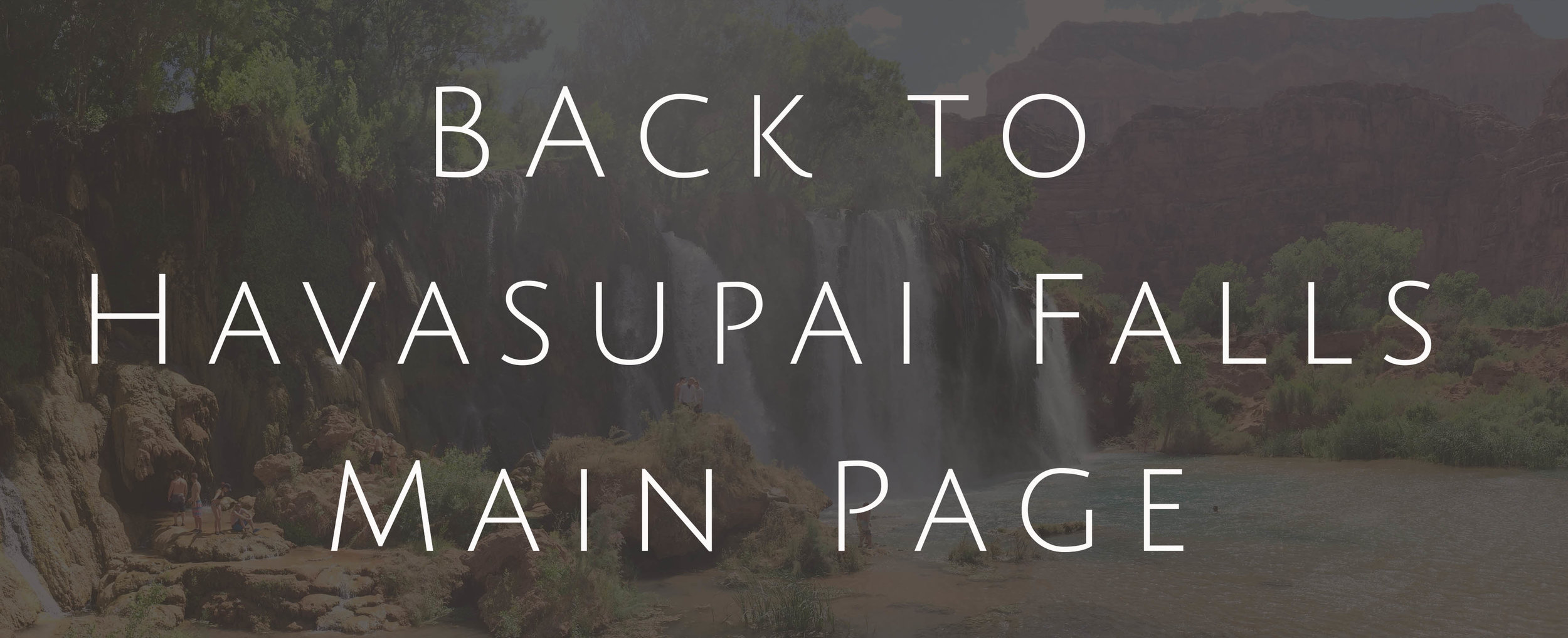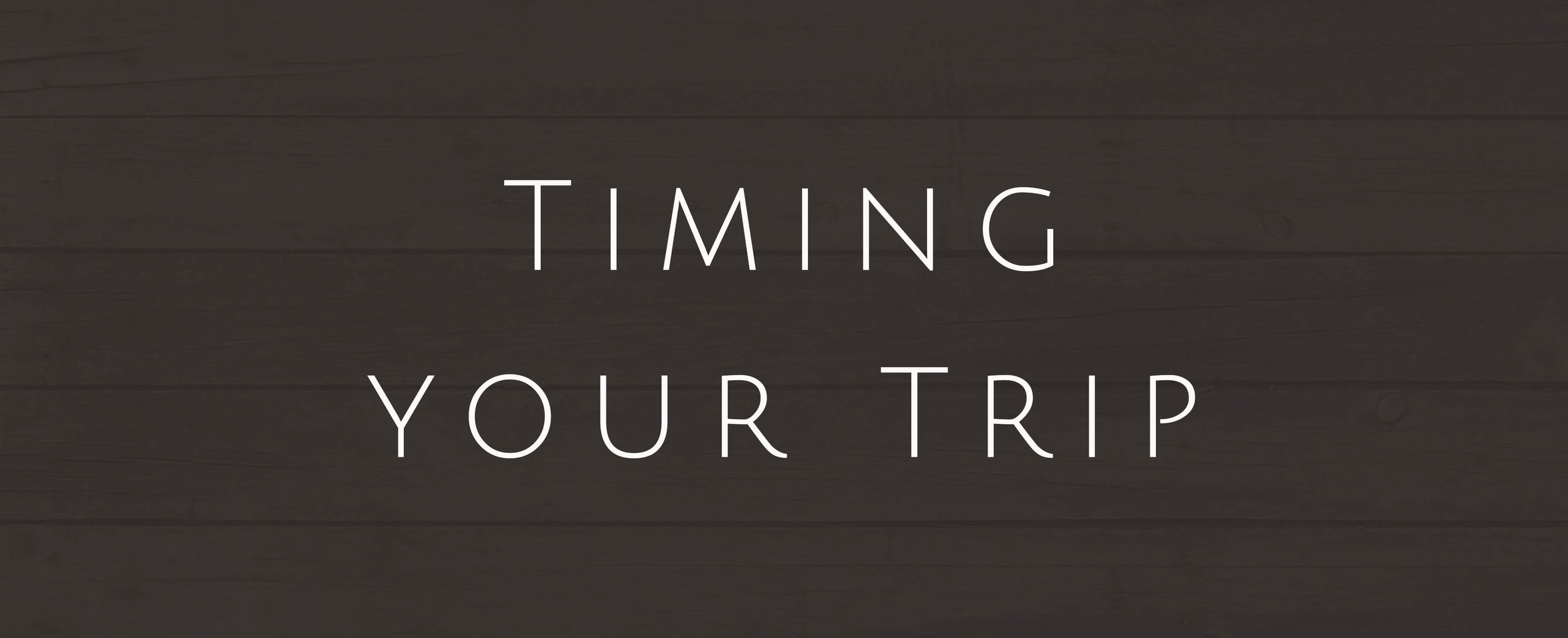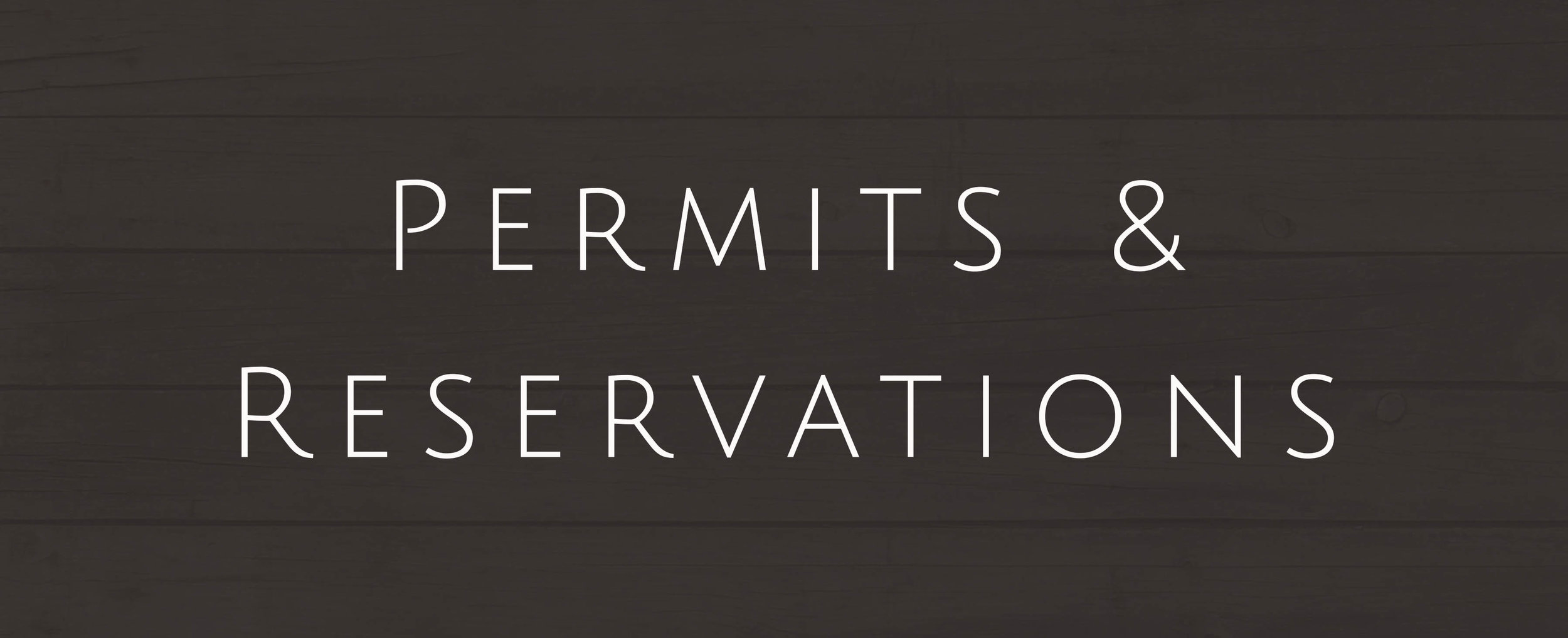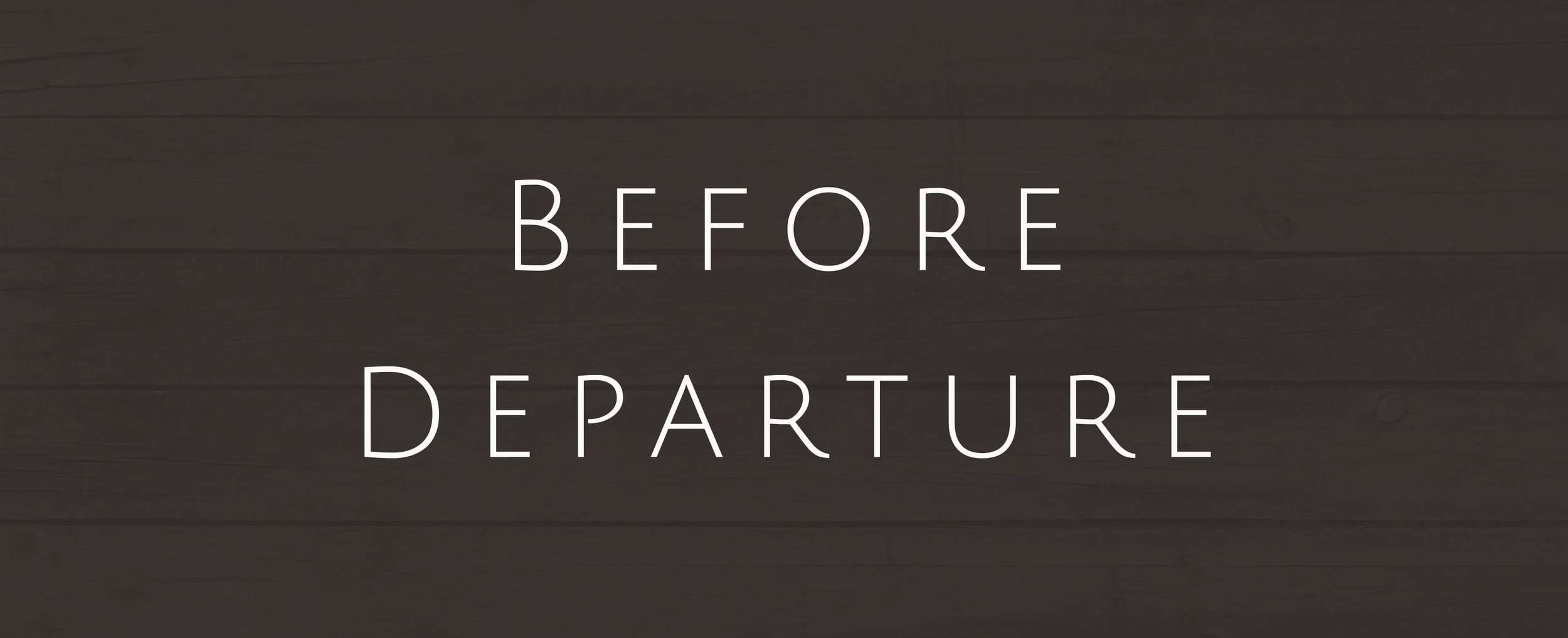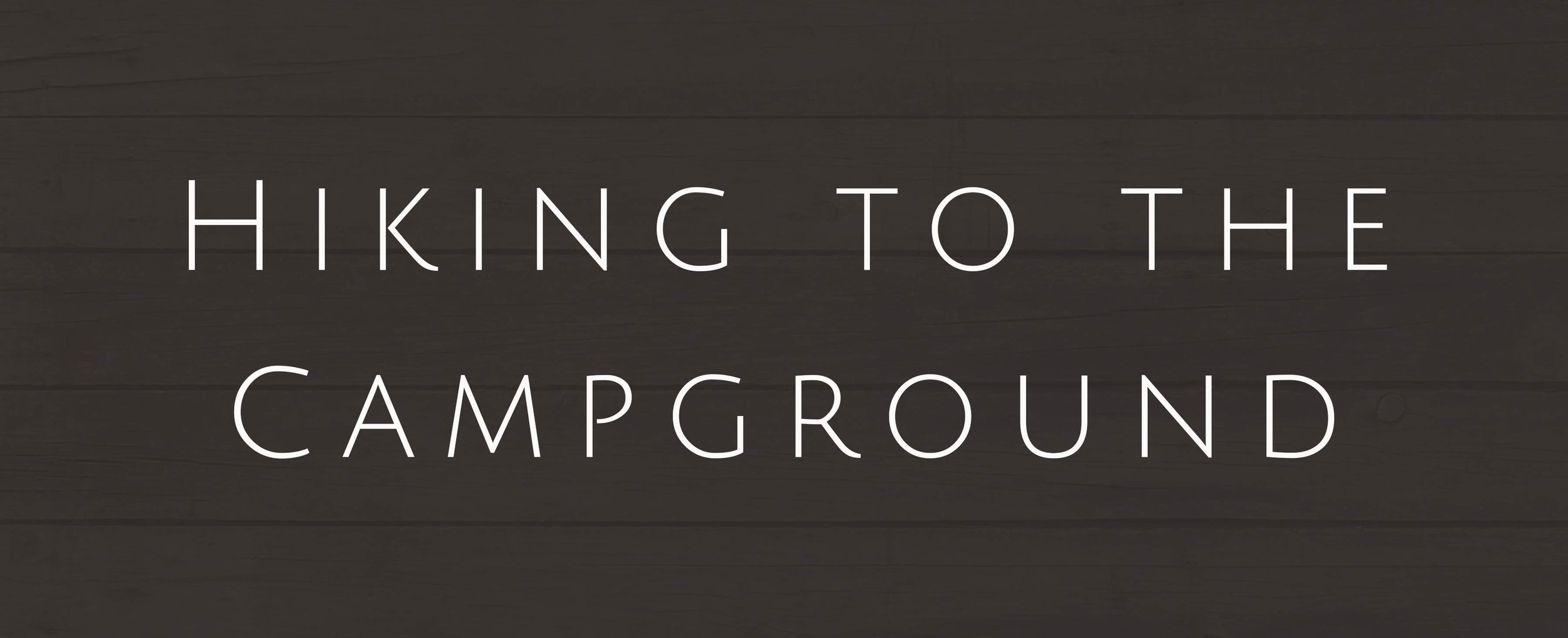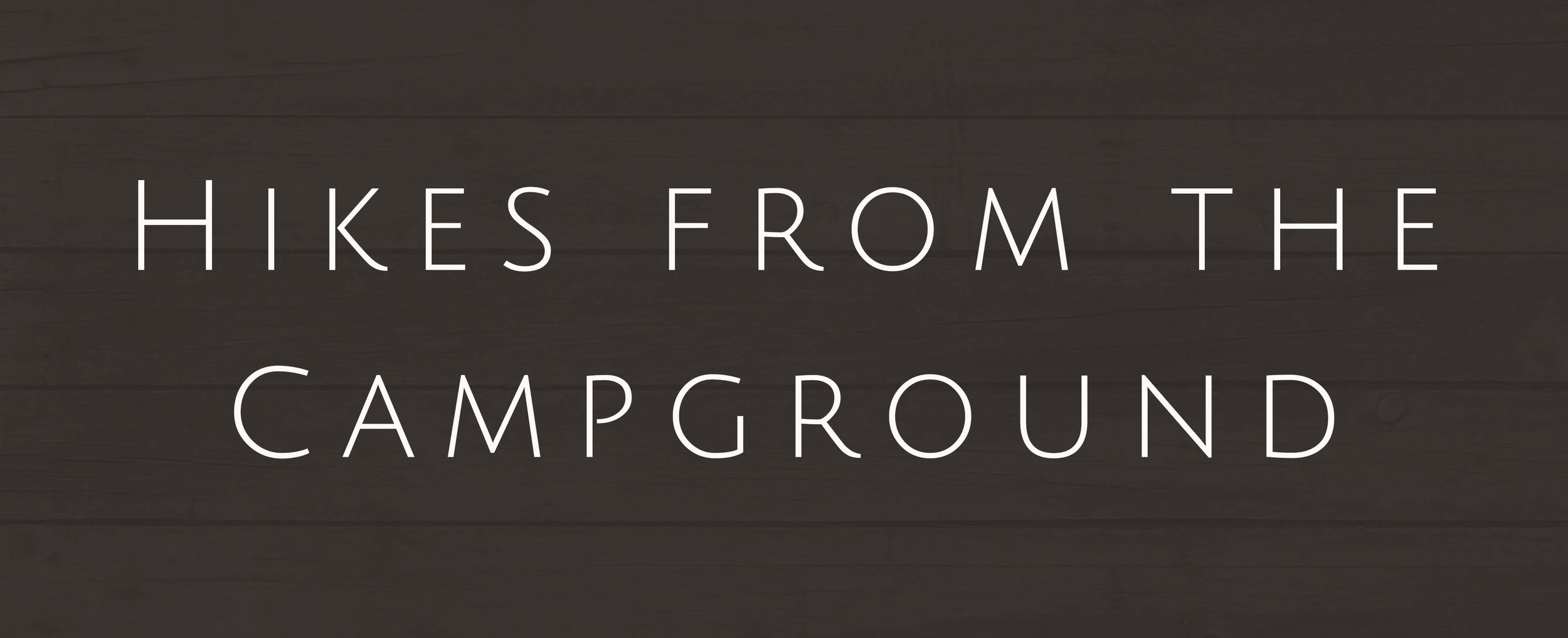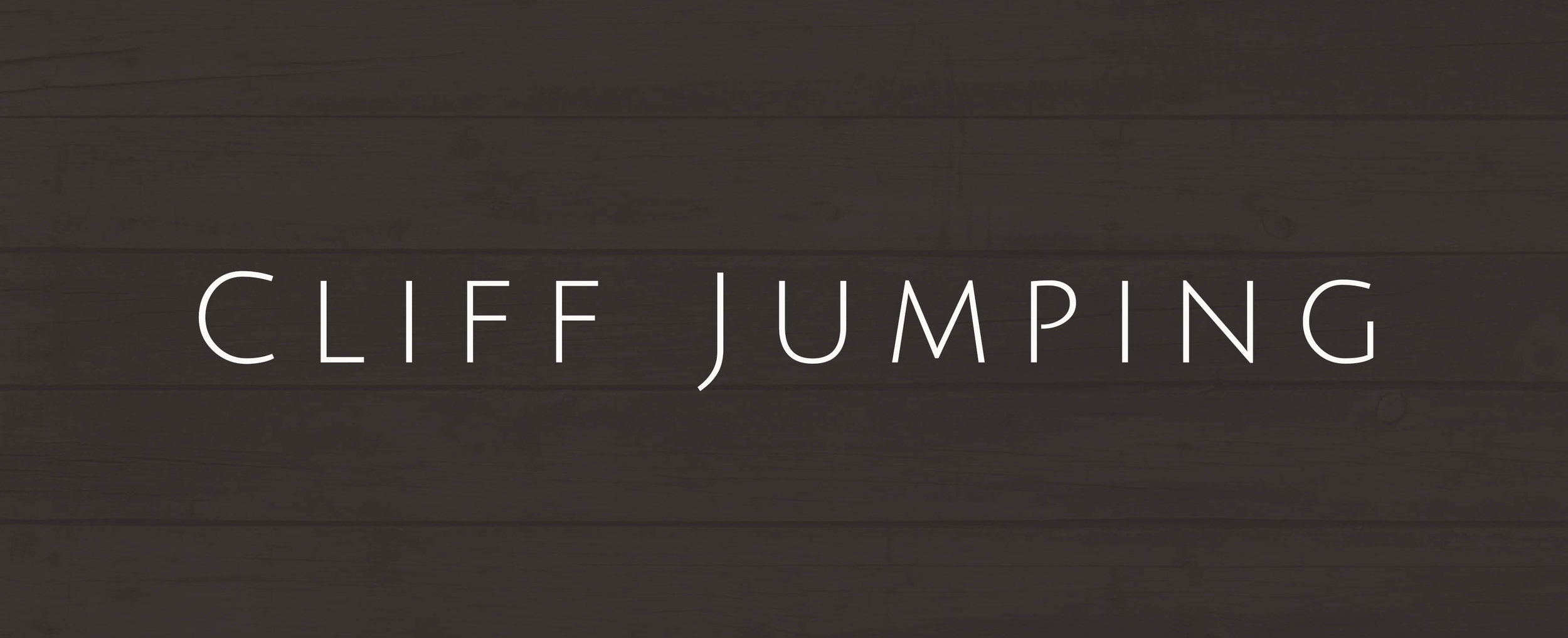Trip Prep
Intro to Havasupai Falls
A 2-3 mile long spring that runs through Havasu Canyon in Supai, AZ, this desert paradise has reached astronomical levels of popularity in recent years from its stunning clear blue waters, lush green riverbank, and towering red-orange canyon walls.
Located on a remote Native American reservation deep in the canyon, the spring begins at the small village of Supai and cascades down over hundreds of waterfalls until it eventually merges into the Grand Canyon.
As one of the most remote areas in the United States, Havasupai Falls can only be reached via hike, horseback, or helicopter ride. The hike is 10 mi. each way, often in extreme heat, and reservations are required to camp at the falls. Before you can even attempt this trip, you'll need a thorough plan and a respectable inventory of camping & backpacking equipment.
Luckily this page will give you everything you need!
Timing Your Trip
Avoiding the Heat
Ideally, shoot for April - June rather than July or August. You obviously want the weather to be warm, but if it's 120 degrees out, your 10 mile hike in/out of the canyon is going to grueling.
Monsoon Season (Important)
From July through September, monitor the weather closely and avoid the area during potential flash floods. Canyon floors are high risk areas during heavy rainfall. The bright blue spring water turns to a murky red/brown and flushes heavy amounts of sediment and debris downstream. You wont to be caught anywhere near the water at this time.
Bad Weather and Refunds
Now that reservations are non-refundable (see Reservations & Permits), you run a greater risk booking a trip during late summer months. If a heavy rainstorm forces you to cancel your trip--and it will happen to some people this year--you won't be getting your money back. Not much you can do to prevent it unfortunately, but still important to be aware of the issue prior to buying your permits.
Update: In 2018 a heavy flash flood moved in and wiped out the entire campground. Campers were evacuated safely and were allowed to reschedule their trips. Short of a full-scale evacuation caused by disasterous conditions, I haven’t heard of anyone being refunded due to weather.
Permits & Reservations
Where & When are Havasupai Permits Required?
Permits for Havasupai Falls come in the form of reservations either at the Havasupai Falls campground or the village lodge. Unfortunately, this is the only way to access the main waterfall area, and as you’ll read below, it’s really tough to bypass without one.
Trip Duration
Set up your trip so you have roughly 2-3 full days down in the canyon (aka not including driving time). One day/night is too little time--you won't be able to see everything. Anything over three days/nights, your trip will get expensive and repetitive.
Example Itinerary - Driving from Los Angeles
Day 1 - Complete the drive and setup camp in the canyon rim parking lot that night. From Los Angeles, it's about 450 mi., roughly an 8-9 hour drive.
Day 2 - Start your hike into the canyon at 5am, arrive at the campsite around 10am (see below for details). Spend the first day swimming at Havasu Falls, exploring the campground, etc.
Day 3 - Spend a full day hiking down to Beaver Falls and back. This adventure is too incredible to rush.
Day 4 - Optional extra day to relax and explore the area. We visited the abandoned mine on this day (see below).
Day 5 - Hike out from the campsite at 5am, arrive at the parking lot around 10:30-11, and drive home.
Permits and Campsite Reservations (2020 Update)
Due to its meteoric rise in popularity, Havasupai Falls has become notoriously difficult reservation to lock down in recent years. Even with a coordinated group effort, many people try and fail. The info below will give you the best possible chance to secure your spot. The last thing you want is reservations about your reservation reservations (thanks, I'll be here all night).
Start Your Planning with Three Important Updates in Mind:
2017 Price Increase -- Total cost is now $85 per person per night. You'll find an itemized price breakdown in the Budget section below.
Group Reservations Are Paid in Full at Time of Booking -- All reservation fees must now be prepaid in full over the phone with just one credit card allowed per group (Visa/Mastercard only). This is big. In previous years, campers paid individually at the camping office in the Supai Village. At $85 per person per night, you'll need to make sure that anyone calling in has enough room on their credit card (6 people for 2 nights = $1,020).
Reservations Are Non-refundable and Non-transferable -- If your name is on the reservation, you must be on the trip with a photo ID. I assume that means the whole group loses out if the trip organizer has to cancel, so be solid on your dates.
Havasupai's New Reservation Website (Think Coachella Wristbands) - The town of Supai starts taking reservations on February 1st. In previous years using crowded phone lines, the tribe would book the entire year's worth of campsites within just a week. This year (2018) the tribe launched a new booking website capable of handling heavy traffic, and the entire year's reservations FILLED UP WITHIN A MATTER OF MINUTES.
February 1st, 2018:
8:00am MST - 2018 campsites are released to the public.
8:05am - peak season dates are still available for medium sized groups, but are quickly disappearing each time you refresh the page.
8:10am - select dates are still available for groups of 4 or less on weekdays during peak season and weekends during early/late season.
8:30am - just about every desirable date is taken, aside from select weekdays in November.
Maximizing Your Chances - The greatest success story I've heard comes from a friend who reserved tickets for a group of seven in late June. Here are his takeaways:
Log on immediately at 8:00am MST.
Plan your group ahead of time--vet at least three sets of dates to make sure everyone can make it in case you have to make a last-minute switch. Make sure they're also aware of the costs involved and are ready to pay their full amount as soon as the trip is booked.
Make sure your credit or debit card is capable of handling a $1,000+ payment without getting automatically blocked for fraud detection or overages.
Groups of seven or more are really tough to lock down unless you can snag a date right away. To be safe, you may want to split trips into multiple groups of four.
Logging On to Make Your Reservations - The website itself is very intuitive and easy to use. Note: when searching for available trip dates, you only need to select that date that you'll be hiking INTO the canyon. You'll have already entered the number of days and the size of your crew, so you do not need to search for three available days in a row if your trip lasts three days. The system has already taken that into account--select the day you want to start your trip.
Make your 2018-2019 Havasuapai Falls reservations here.
If You Miss the Feb. 1 Application Window - Not all hope is lost, especially now that reservations are non-transferable. Even with a no refund policy, people will inevitably have to cancel throughout the year. Continue to call the Havasupai Tourist Office below and check the website regularly.
Havasupai Tourist Office for Camping Permits
Reservation Lines Open: 9am-3pm MST, Mon.-Fri.
Campground Reservations: (928)448-2121, 2180, 2141 and 2237
Havasupai Lodge Reservations: (928)448-2111, 2201
Staying in the Lodge - Here's another good alternative to missing the application window. Lodge reservations for all of 2019 start on June 1, 2018. Prices are outlined at the following link as well as in the Budget section below.
Make your 2019 Havasupai Lodge Reservations here.
Showing Up Without Reservations - Normally I'm the king of this strategy, but options are limited with high risk in Havasupai. Day trips aren't allowed. With mandatory wristbands and tent tags, it's too hard to navigate around without getting caught. I've heard stories of people trying to sneak in. They were quickly discovered, had to turn around and repeat the 8 mile hike back out of the canyon that same day, followed by a long drive home.
MAY THE ODDS BE EVER IN YOUR FAVOR!
Resources
The Havasupai Tribe Official Website - About Supai
HavasupaiReservations - Make your 2018-2019 Havasuapai Falls reservations HERE
VisitHavasuFalls - 2018 Update: Havasupai Reservations
AZCentral - It's Nearly Impossible to Get a Permit to Havasupai Falls (great article but outdated)
Packing Your Gear
The campground is 2 miles from the village and 10+ miles from your car. Packing smart for meals will be the most important part of your trip planning.
Here's a list of items to consider:
Food & Water
MRE's for every breakfast and dinner you spend down in the canyon
Lunches that you can easily prepare and carry in a day pack--ideally food that won't spoil in the heat while you're hiking. Think PB&J, trail mix, beef jerky and fruit. Fruit & veggies are heavy but worth it in my opinion (you'll crave them).
Jetboil or lightweight backpacker's cooking set with burner
One 7oz. butane fuel canister (two if you're cautious)
One large Camelback bladder (3L ideally--the bigger, the better)
Flavored electrolyte tablets (love these)
A well-insulated cooler full of food for the car rides there and back
Gear and Hard Goods
Rechargeable solar battery packs (no electricity available in the canyon)
Sleeping essentials--tent, sleeping bag, sleeping pad, inflatable pillow
Camping hammock is a MUST. It's hammock heaven down there. Many people forego the tent completely and only bring a covered hammock.
Toiletry essentials--biodegradable camping soap, dry shampoo, sunscreen, bug spray, etc.
Lightweight waterproof daypack
Swimsuit--you'll be in the water constantly
GoPro or waterproof camera (drones aren't allowed unfortunately)
Anything you'll need to substitute for a campfire--headlamps, lightweight camping lanterns, etc.
Paracord to hang up your food and trash. Raccoons and rodents are extremely opportunistic down there. Many people bring bear containers as well.
Maps
Driving Directions
NPS. gov - Directions to the parking lot
The Havasupai Tribe Official Webseite - Directions to the Havasupai Reservation & Supai
The Hike In
The Havasupai Tribe Official Website - Havasupai Trail Map & Village Layout
Day Hikes from the Campground
Vegas Hikers - 3D Trailmaps
Bearfoot Theory - The 5 Amazing Waterfalls of Havasu Canyon
Havasupai Trailmap
Entire 3D Trail Map - Courtesy of Vegas Hikers
Courtesy of Bearfoot Theory
Budgets
ITEMIZED ACTIVITIES
Baseline Essentials
Food
$30 per day
Gas
Calculation: (total miles round trip / vehicle MPG) * price of gas
Example trip from Los Angeles: (922 / 25) * $3.60 = $132.76
Camping Reservation Fees (as of 2017)
Entrance Fee: $90 per person
Campground Fee: $25 per night per person
Total cost: $115 (1 night) / $140 (2 nights)
Lodge Reservation Fees
Room Fee: $175 per night (room holds up to 4 people)
Entrance Fee: $55 per person
Additional: $60.50 deposit per room/per night
Additional Portage Options
Pack Horse - $132 one way, $264 round trip per pack animal
Helicopter - traditionally $85 each way, but I wasn't able to find any up-to-date info since the 2017 price hike. I'd expect a big increase.
EXAMPLE BUDGET FOR A 2018 WEEKEND TRIP (3 PEOPLE)
Trip Parameters
Estimation based on 4 days of adventure including travel time (Saturday morning through Tuesday night). Trip is from Los Angeles (922 mi.), using one car with three people.
Baseline Expenses
Individual Expenses: Food - 4 days ($120)
Group Expenses: Gas ($132.76) / 3 people = $44.25
Day 1: Car Camping - Canyon Rim Parking Lot
Group Expenses: Camping Fees ($0 - BLM camping)
Days 2-4: Backpacking to Havasupai Falls Campground
Camping Reservation Fees - 2 nights ($140 per person)
Trip Total
$304.25 per person
Backpacking In
Before Departure
A Night in the Canyon Rim Parking Lot
Depending on how you time your drive, you may have to spend a quick night in the parking lot at the canyon rim. Some of us set up tents, a few others slept in the car. You'll be waking up early the next morning anyway--no need to make it extravagant.
Donkeys, Horses and Helicopters
The experience is so much better if you simply pack smart and carry your own gear. That way you're not relying on anyone else to get you in or out of the canyon.
That said, if assistance is needed transporting gear in/out of the canyon, you have three options:
Hire a donkey/mule to carry your gear to the village so you don't have to carry it on the hike.
Hitch a horseback ride in/out of the canyon for both you and your gear.
Buy a helicopter trip out of the canyon on the way out. You'll knock a 10 mile trip out in 10 minutes, and apparently the view is pretty incredible.
If you do plan on using one of the above options, you'll need to call in at least a week ahead of time to reserve. Expect long lines and wait times while you're there.
Timing with the Heat
Important - There is no water from the beginning of the hike until you get to the town of Supai. Bring one gallon per person.
There's also very little shade on the hike. Start it early in the morning or late in the afternoon before sundown. Do anything you can to avoid hiking at mid day. We woke up at 4am and hit the trail by 5:00. With some extra time for check-in and a quick meal in town, we were down at the campground by 10am.
Hiking to the Campground
The 10 mile hike from the canyon rim parking lot to the Havasupai Falls campground is a beautiful and relatively easy descent, which takes roughly four hours on the way down, and five on the way back up.
The first mile is a steep set of well-maintained switchbacks that take you to the canyon floor. The trail itself is intuitive--just follow the riverbed along a scenic 8 mile gradual downhill stroll to the town of Supai. The most difficult part of the hike will be the weight you're carrying in your backpack and possibly the heat.
You'll check in at the reservation hut in the town of Supai. Look for a small, clearly labeled house located directly across from the community center, next to the helipad and basketball courts. Visitors receive a wristband and a tag for each tent, which is required at all times and checked daily. You can find the tribe's full list of reservation policies on their website.
The Campground
Finding a Campsite
You'll see a few isolated campsites near the first set of waterfalls about a mile after the village. Ignore those--the primary camping area is down past Havasupai Falls itself.
The best sites are closest to Mooney Falls at the furthest end of the campground. I'd recommend hiking all the way down to the end and working your way back until you find one that works best.
Campground Amenities
Campfires
Campfires aren't allowed, and you wouldn't find enough dead wood lying around to make one if you wanted to. Bring a source of light, warmth and some entertainment for nighttime.
Restrooms
Restrooms are available onsite--toilets only, no showers.
Drinking water
The campground has a natural spring with safe drinking water. Why is the spring safe to drink from while the same water from the river is not? You'll notice the spring trickles out of the canyon wall itself. That rock face acts the same way a Brita filter does--carbon in the rock itself forms chemical bonds with lime and various contaminants while allowing the clean water to flow through. It's the same reason why just about any household water filter contains charcoal.
Do not drink directly out of the river itself. The lime, which gives the water its beautiful turquoise color, is less majestic when your liver turns turquoise as well. Additionally, you can never be certain if campers or farmers upstream have released contaminants into the water itself.
Adventures at the Falls
Hikes from the Campground
Mooney Falls to Beaver Falls Hike
This day hike is the reason why you come here. It's an out-and-back adventure (4 mi. each way) that departs from the campsite itself, beginning with a dramatic descent through the cliffside of Mooney falls. The path weaves downstream across the riverbank, past a trail of countless waterfalls until you reach the end of the reservation, marked by Beaver Falls. Set aside an entire day for it, especially if you plan on venturing any further than Beaver Falls.
You're going to get wet, so bring swimsuits, waterproof cameras, and shoes that you don't mind taking on & off every time you get in the water.
Directions are straight forward--you're in a canyon, and there's only two directions to chose from. Simply follow the river downstream to the end of the campground. Mooney Falls marks the beginning and end of this hike.
Resources
The Outbound Collective - Hike to Beaver Falls
Fifty Foot Falls and Navajo Falls
Coming Soon!
Underwater Caves
In all seriousness, you may want to bring swimming goggles so you can see openings for these caves underwater. Here are two amazing caves we found:
Fifty Foot Falls - A living room sized cave located directly behind the falls, located a little to the right if you're facing the dead center face of the falls. You can actually feel behind the waterfall and see where it opens up (or just open your eyes underwater). You'll have to hold your breath and commit to reach them. It's a brief swim, and so completely worth it.
Beaver Falls - Pictured below. It's small and located in a very specific spot, so you'll have to ask the native resident life guard to show you. It's a big underwater swimming commitment, so take a big breath and watch your head for rocks on the way up.
Cliff Jumping
While cliff jumping is not permitted, the native residents won't do anything to stop you in certain areas (i.e. Beaver Falls). One of them even showed us his favorite platforms to jump from. The best cliff jumping spots are:
Little Navajo Falls and Old Navajo Falls - Check out the Devin Supertramp video below. The highest cliff jumping platforms are located in the areas featured in this video.
Beaver Falls - One large 50 ft. cliff jump downstream from Beaver Falls with a sketchy climb back up to the top. Also look for a few 10-15 ft. waterfalls near the top of Beaver Falls.
Havasu Falls itself - Look for a 20 ft. rock climb up to a ledge just to the left of the main falls. You'll find videos online of people jumping from the top of the falls, but it's a 100+ ft platform. Wouldn't recommend it unless you're a trained diver. Definitely wouldn't let the locals see you doing this.
Don't be an idiot! Most of the pools below these waterfalls aren't as deep as they appear. It's a shallow riverbed in most areas, so as a rule of thumb, never dive in head first.
Resources
Bearfoot Theory - The 5 Amazing Waterfalls of Havasu Canyon (Map)
Epic Havasupai Cliff Jumping Video - Devin Supertramp Cliff Jumping at Havasupai Falls
Local Secrets
The Abandoned Mine
The locals told us about a cool abandoned mine located near the campground. If you have extra time, it's definitely worth checking out. The history behind it is super interesting as well (you'll have to ask them to fill you in on that part).
Finding the Mine - start at the picnic area underneath Havasupai Falls itself and wade across the pool at the bottom of the falls to the bank on the other side. You'll find an easily spotted trail that takes you up into a canyon that extends out from that end of the falls. Follow the trail into the canyon about 200 yards, and look for a large cave opening on your right, sitting on top of a berm roughly 40 ft above the canyon floor.
Be Extremely Careful - You clearly want to bring headlamps, because the inside is pitch dark. Also be aware that if you follow the main tunnel straight back from the entrance, it eventually drops off into a hole that's 80+ ft. deep and would absolutely kill anyone that accidentally stumbles into it.
Exploring the Mine - This 80ft. hole mentioned above has a side tunnel opening, which you can climb into from the top. Apparently that tunnel takes you down to the actual mine itself, a large underground chamber which is pretty damn cool according to my buddies that tried it. Wouldn't know, didn't try it. If you slip on your way into that side tunnel, you're falling hard to your death into a pitch black mine shaft. I stayed at the entrance to guard against wild bandits and such. Attempt at your own risk.



